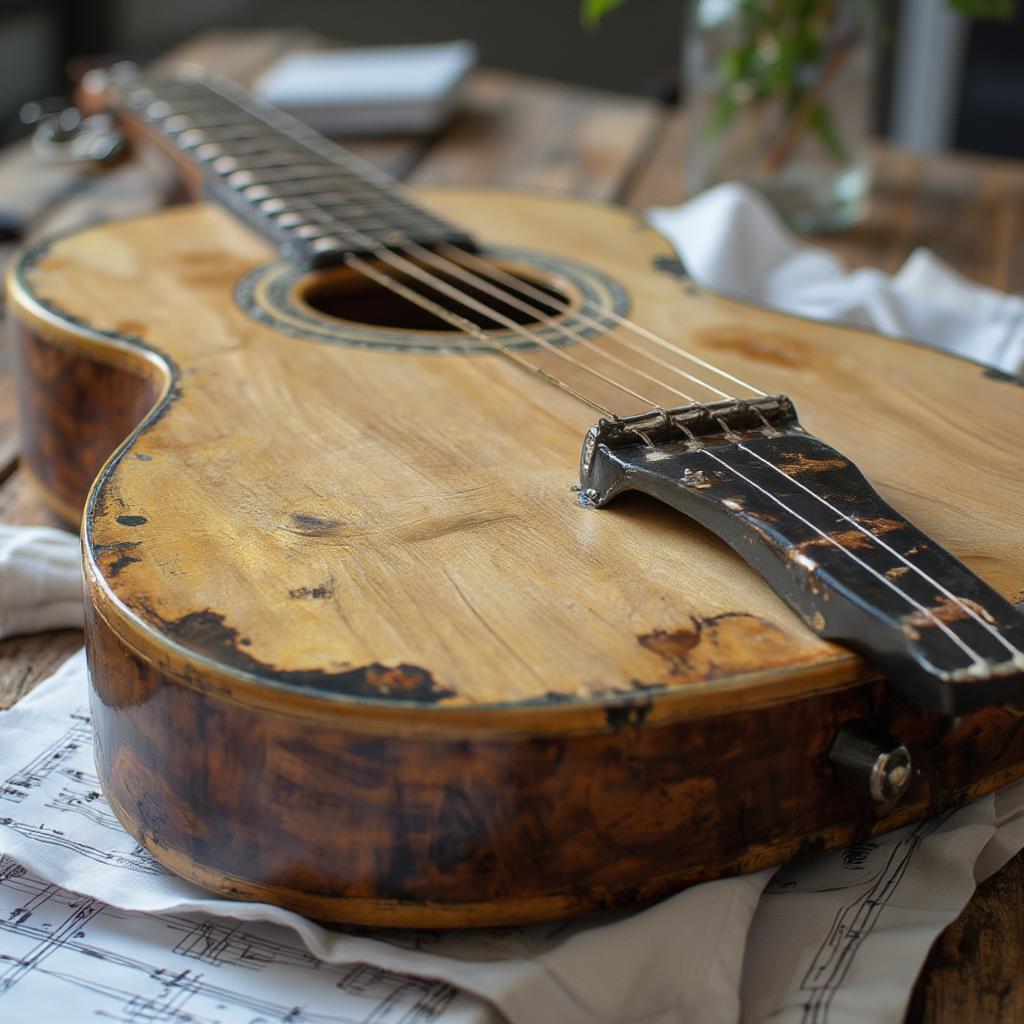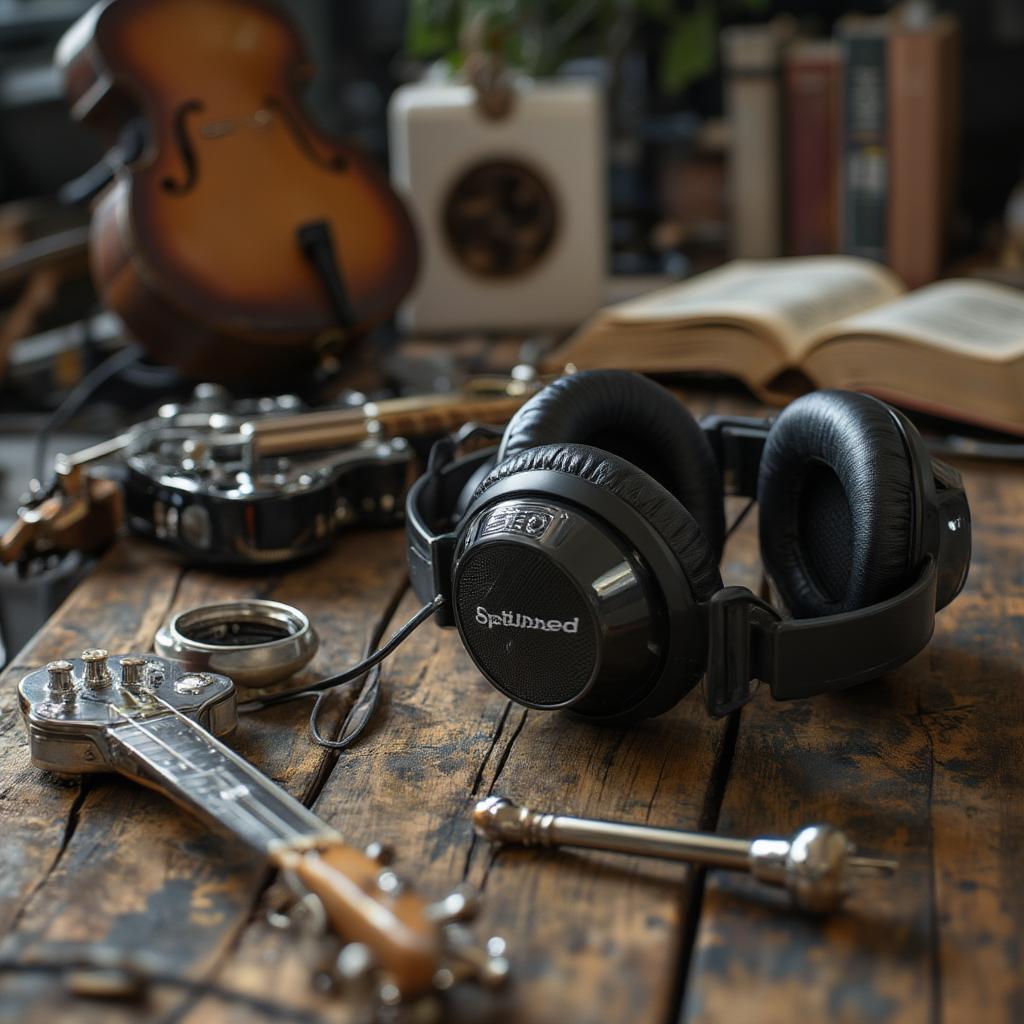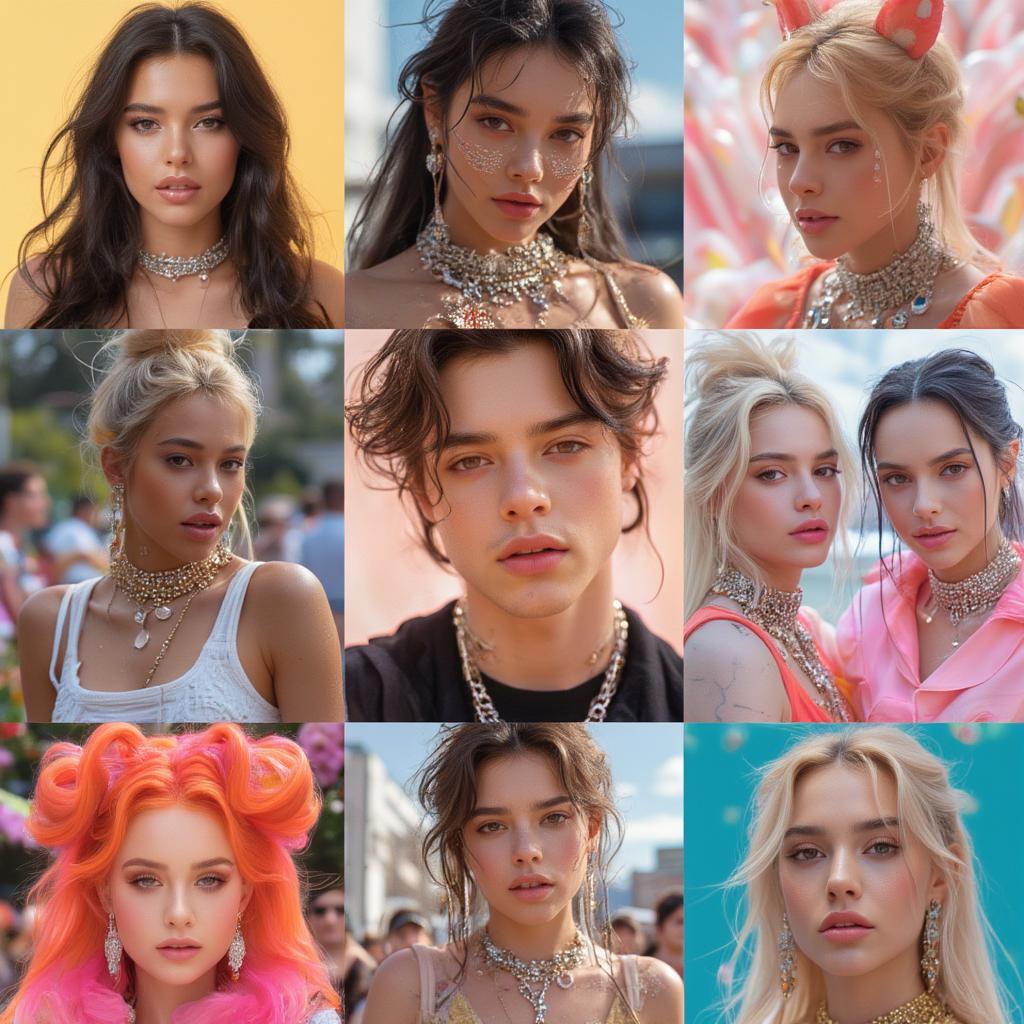Unveiling the Allure of Slow Pop Rock: A Genre Deep Dive

Slow Pop Rock, a genre that masterfully blends the emotional depth of rock with the melodic sensibilities of pop, has carved a unique space in the music landscape. It’s the kind of music that makes you feel, think, and perhaps even dance a little – all at a more relaxed pace. This article delves into the heart of slow pop rock, exploring its origins, defining characteristics, and why it continues to resonate with audiences today. We’ll unravel what makes this genre so captivating and examine its relevance within the broader pop music world, particularly in the context of what we at Shock Naue try to achieve.
What Exactly is Slow Pop Rock?
At its core, slow pop rock is defined by its tempo and emotional delivery. Unlike the high-energy anthems of traditional pop-rock, slow pop rock prioritizes mood and atmosphere. Think of it as the musical equivalent of a thoughtful conversation or a quiet walk in the park. It’s characterized by:
- Moderate to Slow Tempo: This is the most defining feature. The slower pace allows for more emphasis on vocals and instrumentation.
- Melodic Emphasis: Strong, memorable melodies are at the forefront, often with a catchy chorus.
- Emotional Depth: Lyrics often explore themes of love, loss, reflection, and personal growth. There’s often a vulnerability that draws listeners in.
- Rock Elements: The presence of guitars, bass, and drums provides a foundation, but typically in a more subdued and controlled manner than standard rock.
- Pop Structure: Following the standard verse-chorus format of pop songs gives them accessibility and familiarity.
Many slow pop rock artists create music that straddles the lines of other genres, so it can often be a challenge to define precisely. This fluidity is partly what makes it so engaging.

The Evolution of Slow Pop Rock: A Historical Perspective
Slow pop rock didn’t appear out of thin air. It’s an evolution of both pop and rock traditions, drawing inspiration from various sources:
- Soft Rock: In the 1970s, soft rock paved the way for slower, more melodic rock styles, focusing on harmony and softer instrumentation. Think of bands like The Eagles and Fleetwood Mac.
- Power Ballads: The 1980s brought us power ballads, which often combined dramatic rock instrumentation with emotional lyrics and slower tempos. These provided a further link to the emotional heart of the genre.
- Alternative Rock: The 1990s saw the rise of alternative rock with a softer side, that often featured acoustic instrumentation and introspective themes.
- Indie Pop: More recently, indie pop’s influence, with its focus on vulnerability and catchy tunes, has blended seamlessly into the slow pop rock landscape.
These influences have all contributed to the diverse sound we recognize as slow pop rock today. It’s a genre that has adapted and changed with time, always managing to stay relevant.
Why is Slow Pop Rock So Appealing?
The appeal of slow pop rock is multifaceted:
- Emotional Resonance: The genre’s focus on deep, relatable emotions makes it incredibly easy for listeners to connect with.
- Relaxing and Thoughtful: The slower tempos create a relaxing atmosphere, perfect for moments of reflection and unwinding.
- Catchy Melodies: Despite the slower pace, the melodies are often incredibly memorable, making the songs easy to sing along to and remember.
- Nostalgia: For many, slow pop rock evokes a sense of nostalgia, reminding them of past times and experiences.
- Universality: The themes and feelings explored in the songs are often universal, transcending cultural barriers.
Essentially, slow pop rock provides a sonic space where emotions are explored and felt deeply, often making it more impactful. This resonates with the listeners.
Shock Naue’s Approach to Slow Pop Rock
At Shock Naue, we see slow pop rock not just as a genre, but as a powerful tool for emotional expression. It perfectly aligns with our vision of creating music that is both accessible and meaningful. Our approach involves:
- Crafting Intricate Melodies: We focus on melodies that are both catchy and emotionally engaging, sticking with you long after the song has ended.
- Thought-Provoking Lyrics: We explore complex themes with vulnerability and honesty, inviting listeners to connect with the song on a deeper level.
- Blending Traditional and Modern Sounds: We use classic rock instrumentation combined with modern production techniques to create a sound that is both timeless and current.
- Emphasis on Authenticity: We aim to create music that is honest and genuine, reflecting our personal experiences and perspectives, making it relatable.
Our goal is to push the boundaries of slow pop rock while staying true to its emotional core, making music that touches hearts and minds alike.
The Elements of a Compelling Slow Pop Rock Track
Creating a great slow pop rock track requires careful attention to several key elements:
- The Melody: Start with a melody that is both memorable and emotionally resonant. Think about how the melody will make the listener feel.
- The Rhythm: While the tempo is slower, the rhythm should still be engaging, pushing and pulling in a way that captivates.
- The Lyrics: The lyrics should be heartfelt and relatable, exploring themes that will resonate with listeners. Use vivid imagery and storytelling to keep the listener engaged.
- The Arrangement: How the instruments are arranged is crucial. The instrumentation must create a supportive and evocative soundscape for the vocals.
- The Production: The overall production should be clean, polished, and serve the song’s emotional impact. Focus on making each element sound just right.
These elements, when combined effectively, create a powerful, meaningful slow pop rock track. This is what we strive for at Shock Naue. A great example is the track best pop albums 2022.
Who are Some of the Leading Artists in Slow Pop Rock?
Several artists have made significant contributions to the slow pop rock landscape, shaping the genre and expanding its appeal:
- Coldplay: Known for their anthemic yet introspective songs, Coldplay often blends rock instrumentation with emotional pop melodies.
- The 1975: Their experimental take on pop rock, with heavy influences from 80s synth-pop and a knack for catchy melodies and relatable lyrics.
- LANY: Their dreamy soundscapes and introspective lyrics make them a staple in the indie-pop-influenced slow pop rock scene.
- John Mayer: A master of combining pop sensibilities with rock instrumentation, creating heartfelt music.
- Ed Sheeran: While primarily a pop artist, Sheeran’s acoustic-driven songs with emotionally charged lyrics fit well into the slow pop rock scene.
These artists have each brought a unique perspective to the genre, shaping its evolution and influencing the work of other musicians. We take inspiration from these artists and try to bring our own spin to our Shock Naue tracks, as can be seen in the song iggy pop today.
“Slow pop rock is more than just a genre; it’s a form of emotional storytelling. The slower tempo allows for a depth of feeling that can be both comforting and cathartic,” says Dr. Amelia Stone, a music therapist and professor at the prestigious Institute of Sonic Research.
How Slow Pop Rock Fits into the Current Music Scene
In today’s music scene, slow pop rock continues to thrive. In an era dominated by fast-paced, high-energy music, the genre provides a much-needed contrast. It offers a space for vulnerability and emotional expression, something that is highly valued by many listeners. Additionally, slow pop rock has become increasingly popular in soundtracks, adding emotional depth and resonance to visual storytelling. We see it as an extremely valuable tool, and we use it to amplify the impact of our creative vision here at Shock Naue. One way we’ve used this is demonstrated in our track roxette the ballad hits.
The Future of Slow Pop Rock
The future of slow pop rock looks promising. As artists continue to experiment with the genre, blending it with various styles, we’re seeing a new wave of creative output that keeps evolving. The genre’s ability to adapt and resonate with the changing needs and preferences of listeners makes it a valuable piece in today’s ever-shifting music landscape. With our Shock Naue sound, we aim to be at the forefront of this movement, producing music that speaks to the heart and mind.
“The beauty of slow pop rock lies in its ability to blend raw emotion with refined musicianship. This fusion creates a powerful listening experience that’s both deeply personal and universally relatable,” states Marcus Bellweather, a seasoned music critic with over 20 years of experience.

What is the difference between soft rock and slow pop rock?
While the terms are often used interchangeably, soft rock is a broader term that includes songs with slower tempos and softer instrumentation. Slow pop rock is more specific and emphasizes pop structures and melodic hooks, with a stronger focus on emotional vulnerability.
How can I start creating my own slow pop rock music?
To begin creating your own slow pop rock music, start by experimenting with instruments like guitars, keyboards, and drums. Write heartfelt lyrics, focus on creating catchy melodies, and record your tracks with a quality DAW (Digital Audio Workstation). Don’t be afraid to blend genres and develop your unique sound. You can find more information about sound development and techniques at pop smoke songs.
What are the common lyrical themes in slow pop rock?
Common lyrical themes include love (both romantic and platonic), loss, longing, personal growth, nostalgia, and introspection. Lyrics are often emotionally vulnerable, delving into the complexities of human relationships and the search for meaning.
What kind of instruments are commonly used in slow pop rock?
The most commonly used instruments include acoustic and electric guitars, bass, drums, keyboards, and piano. Synthesizers are often used to add texture and atmospheric elements.
Is slow pop rock popular in specific regions or countries?
Slow pop rock enjoys widespread popularity, especially in regions like North America and Europe, where it has a long history. However, its universal themes have allowed it to find fans worldwide, with strong followings in several different countries.
How can I improve my ability to write slow pop rock lyrics?
Practice reading poetry, journaling, and listening to the works of other artists, particularly in the genres of pop, rock, and folk, as they all have a strong influence. Focus on developing your own unique writing style, and be honest in your lyrics. It is helpful to keep exploring themes of the human condition that have deep resonance.
Can slow pop rock be upbeat?
While slow pop rock is primarily characterized by slower tempos, some songs have a more upbeat feel while still maintaining an emotional core. The focus is on melody, emotional delivery, and thoughtful lyrics, so there’s no fixed formula for tempo.
What are some examples of slow pop rock songs?
Some notable examples include “Fix You” by Coldplay, “Somebody That I Used to Know” by Gotye, “Skinny Love” by Bon Iver, and “The Scientist” by Coldplay. These songs showcase the core elements of the genre with emotional melodies and thoughtful lyrics.
Are there slow pop rock festivals or events?
While there aren’t specific festivals dedicated solely to slow pop rock, many events and festivals often feature artists that fall within the genre, especially those that lean towards indie or soft rock styles. Check local music calendars for listings.
Conclusion
Slow pop rock is a testament to the power of emotion in music. It’s a genre that invites listeners to slow down, reflect, and connect with their inner selves. At Shock Naue, we’re committed to pushing the boundaries of this genre, creating music that is both meaningful and accessible. We believe in the power of vulnerability, and we use the vehicle of slow pop rock to express it, touching the lives of our listeners one song at a time. We look forward to being at the cutting edge of the genre’s next exciting phase, continuing to explore its rich musical palette and its unique expressive potential.




